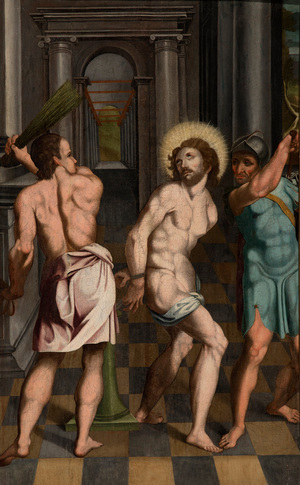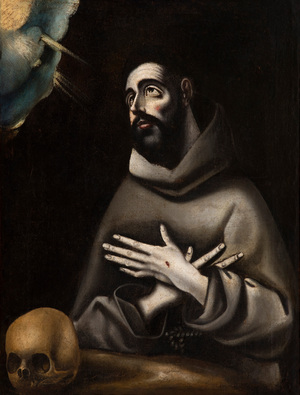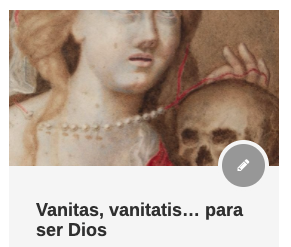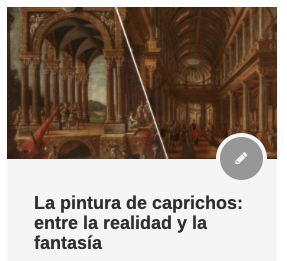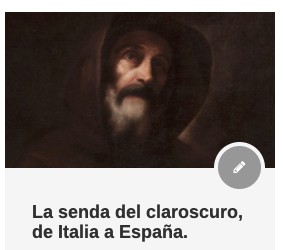Mannerism and the exquisiteness of its extravagance
The expressive and dramatic force of Mannerism becomes one of the protagonists of the Alta Época auction on February 23
The Mannerist style, which emerged in Italy around the 1530s, represented a paradigm shift with respect to the Renaissance where the proportion, balance and harmony traits that until then had defined artistic creation lost their total hegemony by virtue of artistic intentionality. and expressiveness. Once the knowledge of human anatomy, perspective and color was consolidated, the artists and their workshops advanced on their path towards experimentation, thereby seeking greater drama and distinction in their compositions that would emerge in the Baroque period.
Also known as Late Renaissance, Mannerism is seen as a bridge between the High Renaissance and the Baroque period, which adopted the ornate aesthetic of this current, adapting it to shape its characteristic extravagance. In this way, the artists began to make clear in their creations their intention to go one step further, beginning to endow their compositions with an expressive force that they reflected both through artificial chromatism and through twisted and exaggerated figures that increased the sensation of movement.
We can see a clear example of this in this oil painting from the Mannerist School of the 16th century, “The Flagellation” (lot 35273292). We see here the passage of the flagellation of Christ, a scene widely represented in the Christian tradition. Stylistically, we can appreciate that the figures are not inserted within the classical canon of representation, but rather are stylized and elongated. Also noteworthy in this scene is the posture of Christ, whose artificial twist emphasizes the dramatic strength and his suffering of being flogged by the Roman soldiers. Light is also used subjectively, with the body of Christ receiving the most, despite being located in the center of the composition, all with the intention of emphasizing his figure and anatomy.
As we have pointed out before, the artificial use of color is a clear reflection of this expressive style. We see for example in this “Stigmatization” of Saint Francis of Assisi (lot: 35273511) as the use of color on the saint’s skin moves away from a realistic representation to emphasize the dramatic aspects. What we can see of the saint, his complexion and his stigmatized hands, are painted in gray tones, also contributing a greater mysticism to the figure of Saint Francis. The palette used here aesthetically brings us closer to the work of Jorge Manuel Theotocópuli, son of the famous El Greco, whose style is especially linked to that of his father.
Despite developing during a brief historical period that finally gave way to the Baroque, the fascination aroused by the artists and mannerist schools of Europe has remained alive until today.

